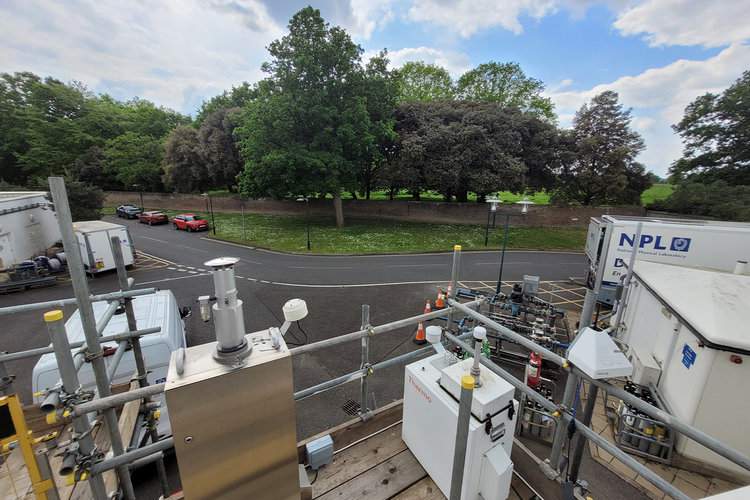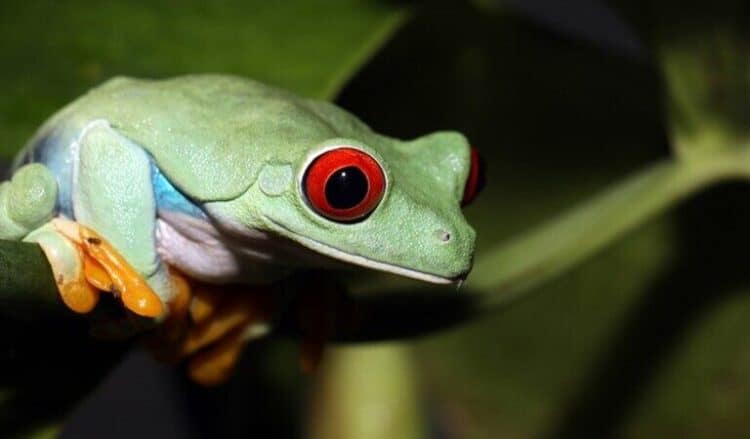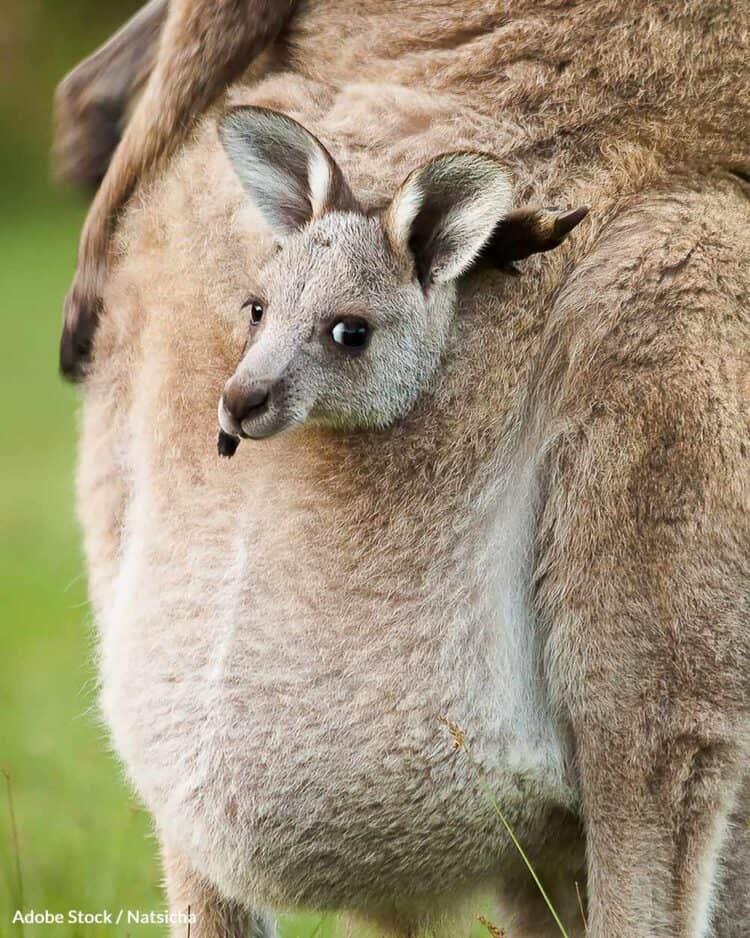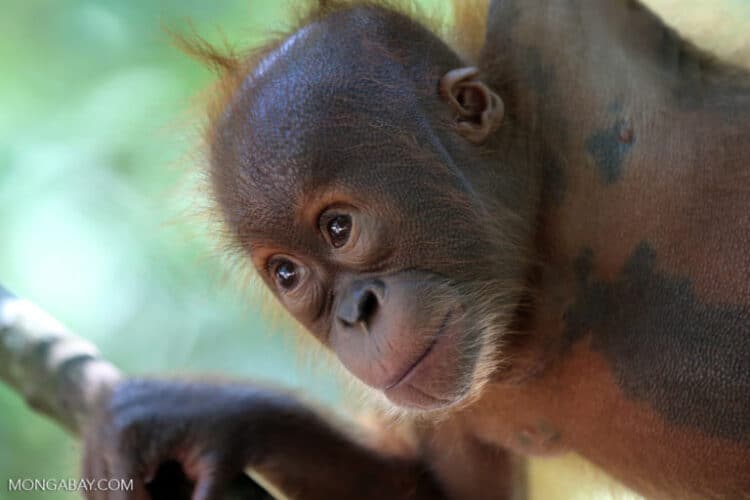It seems a cache of biodiversity data was hiding in plain sight all along.
In the midst of hazardous particulate matter trapped in the filters of two air quality monitoring systems in the U.K., scientists discovered DNA samples that they were able to extract to study and survey the biodiversity in the region.
The two air pollution sensors, one in London and another in Auchencorth Moss in Scotland, unintentionally collected airborne DNA shed by plants and animals. Scientists in the U.K. and Canada analyzed the samples to identify more than 180 taxa of mammals, plants, birds and invertebrates. According to a study published by the team in the journal Current Biology, the detected species include animals such as badgers (Meles meles) and little owls (Athene noctua), trees such as ash (Fraxinus spp.) and linden (Tilia spp.), as well as pathogenic fungi like Septoriella.
While the current findings are based on data collected only from two sensors, it signals the possible presence of a huge trove of biodiversity data around the world that could be extracted and studied. If demonstrated to be scalable, it could potentially be instrumental in making biodiversity surveys easier for scientists and researchers.
Air pollution sensors “collect data at very regular intervals,” Joanne Littlefair, one of the authors of the study and a lecturer in biological sciences at Queen Mary University of London, told Mongabay in a video interview. “It’s potentially a huge untapped source of biodiversity information and sampling at a very fine temporal scale.”
Surveying ecosystems using traditional methods, like camera trapping, remains a tedious and labor-intensive task. The sampling and analysis of environmental DNA (or eDNA) — the genetic material shed by organisms in soil or water through their feces, fur or saliva — has been widely used to study entire ecosystems and get a snapshot of the species that live within it. Scientists consider its non-invasive nature and ability to survey large areas as major advantages.
While aquatic DNA sampling is the most common and widely used method, a newer variation of the technique, in which DNA is extracted from the air, has been garnering attention from molecular biologists and ecologists in recent years.

A study published in 2022 in the journal Environmental DNA reported the detection of insects from DNA samples gathered from the air. Another study published the same year in the journal Current Biology was able to identify 49 vertebrate species from air samples collected from three locations at Copenhagen Zoo.
But the methodology isn’t without limitations. Like with aquatic DNA in general, scientists can’t estimate the abundance of species using airborne DNA. While it might be useful to identify the presence of a particular species, detecting population size using the method is still not an easy task.
Nonetheless, Littlefair said using air quality monitoring systems might potentially make it more effective to conduct large-scale localized biodiversity surveys across continents.
For one, the infrastructure is already in place and could, therefore, double up as a way to collect biodiversity data.
“Some countries really struggle with biodiversity data because of either their terrain, or the lack of resources to monitor biodiversity data,” she said. “This could potentially be a helpful way of using existing infrastructure for the secondary purpose of collecting high-frequency data across spatial and temporal scales.”
The use of air pollution sensors might also ensure uniform sampling of all species. Littlefair said charismatic fauna — animals with a wider appeal among the public — get sampled more when humans monitor and gather data. “There are some big gaps which this method could potentially fill, taxonomically speaking,” she said.
However, it might be a while before the widespread feasibility of the method is determined. With the study being based on just two air monitoring systems, Littlefair and her team are currently attempting to gather more data to determine its scope and potential. They are also reaching out to air quality researchers and authorities to encourage them to save filters in pollution sensors for later use.
In the meantime, she emphasized the need to quickly determine ways to collect and analyze airborne eDNA in a better and more effective manner. The scientific community, she said, should work out a more specific approach when it comes to sampling and studying air eDNA.
“There are still a lot of studies that need to be done on the nature of airborne DNA,” she said. “What are we actually sampling? Is it the local vicinity? Or is it something that blows in from kilometers away? Does it represent animals that are currently living and growing in the environment? Or are we looking at trees that are dead? All of those things, I think, are good next questions for us to figure out.”
Abhishyant Kidangoor is a staff writer at Mongabay. Find him on Twitter @AbhishyantPK.
Citations:
Littlefair, J. E., Allerton, J. J., Brown, A. S., Butterfield, D. M., Robins, C., Economou, C. K., … Clare, E. L. (2023). Air-quality networks collect environmental DNA with the potential to measure biodiversity at continental scales. Current Biology, 33(11), R426-R428. doi:10.1016/j.cub.2023.04.036
Roger, F., Ghanavi, H. R., Danielsson, N., Wahlberg, N., Löndahl, J., Pettersson, L. B., … Clough, Y. (2022). Airborne environmental DNA metabarcoding for the monitoring of terrestrial insects — A proof of concept from the field. Environmental DNA, 4(4), 790-807. doi:10.1002/edn3.290
Lynggaard, C., Bertelsen, M. F., Jensen, C. V., Johnson, M. S., Frøslev, T. G., Olsen, M. T., & Bohmann, K. (2022). Airborne environmental DNA for terrestrial vertebrate community monitoring. Current Biology, 32(3), 701-707. doi:10.1016/j.cub.2021.12.014
This article by Abhishyant Kidangoor was first published by Mongabay.com on 23 June 2023. Lead Image: A little owl (Athene noctua). The sensors detected species including animals such as badgers (Meles meles) and little owls (Athene noctua), trees such as ash (Fraxinus spp.) and linden (Tilia spp.), as well as pathogenic fungi like Septoriella. Image by Martha de Jong-Lantink via Flickr (CC BY-NC-ND 2.0).
What you can do
Support ‘Fighting for Wildlife’ by donating as little as $1 – It only takes a minute. Thank you.
Fighting for Wildlife supports approved wildlife conservation organizations, which spend at least 80 percent of the money they raise on actual fieldwork, rather than administration and fundraising. When making a donation you can designate for which type of initiative it should be used – wildlife, oceans, forests or climate.







Leave a Reply